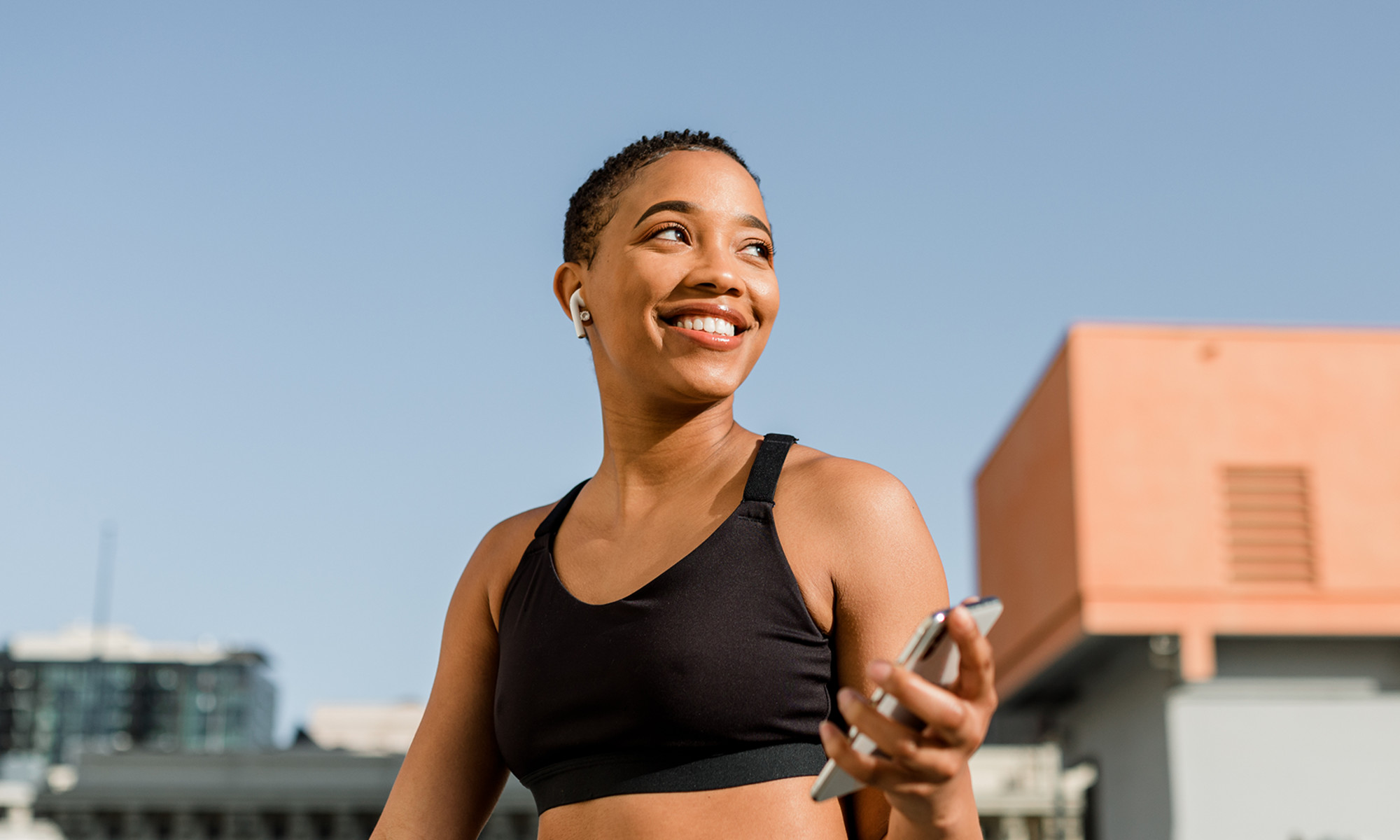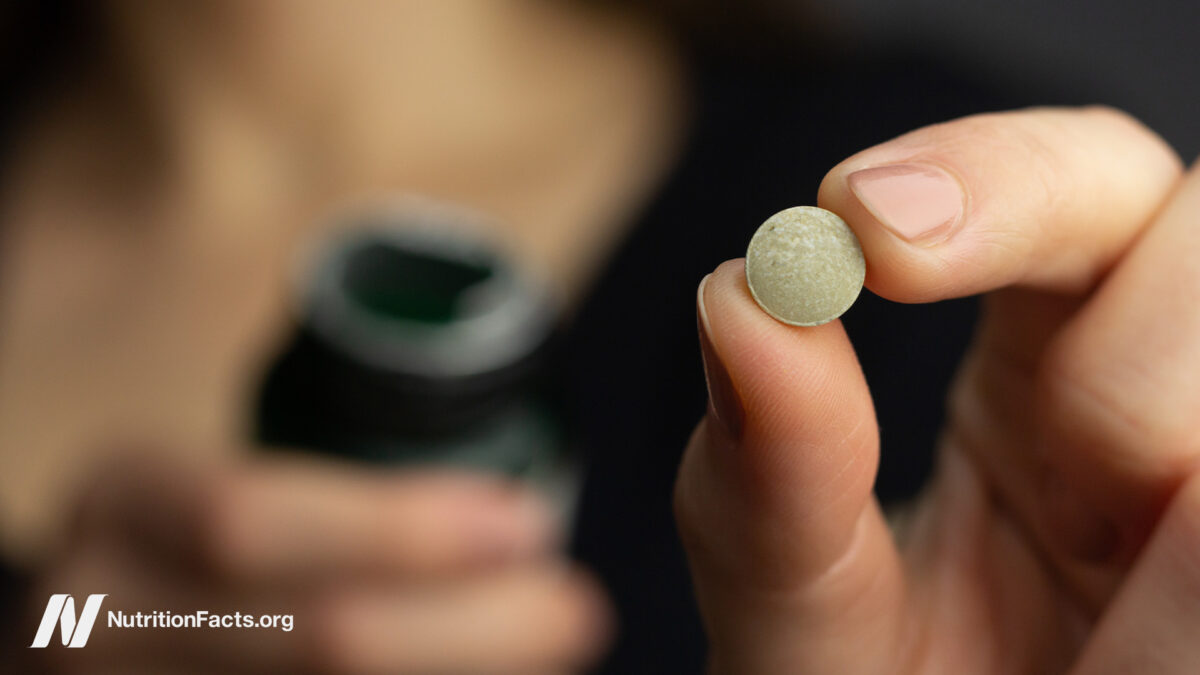"Dressed Up" Walking Is The New Daily Habit You Need To Try ASAP
The next iteration of the "hot girl" walk?

Image by McKinsey Jordan / Stocksy July 4, 2023 Our editors have independently chosen the products listed on this page. If you purchase something mentioned in this article, we may When mobility pioneers Kelly and Juliet Starrett recommended “dressing up your walk” on the mindbodygreen podcast, I honestly thought they wanted us to strut down the street dressed to the nines. The next iteration of the "hot girl" walk, perhaps? Besides, I’d argue there are health benefits to sauntering all prim and proper—grooming behaviors can signify one’s mental well-being, after all—but a “dressed up” walk actually has nothing to do with your sartorial choices. Allow the husband-wife duo to explain the advantages of accessorizing your daily stroll. 
Advertisement
This ad is displayed using third party content and we do not control its accessibility features.
What is a dressed up walk?
First thing’s first: If you’re walking regularly, you’re doing great.
"If there's a pill you could take that will reduce your all-cause mortality by 50%, you can give it to your whole family, and it's free, everyone's going to take that pill," says Kelly. It turns out, that “pill” exists—it’s walking 8,000 steps a day1. "The research is very clear that when people walk just 8,000 steps1, they get the lion's share of benefits. Not 10,000 steps. Not 12,000 [steps]… 8,000 steps," Kelly adds.
And you don’t have to get all those 8,000 steps in at once! In fact, the Starretts encourage short, frequent bursts of daily movement (also called “movement snacks”). “We've gotten stuck in a mentality that you have to do the one-hour block [of exercise], and that's not the case at all," says Juliet. You can totally take short walks over the course of the day and meet the 8,000 step benchmark.
Once you start walking regularly, "then you can start to dress this thing up," says Kelly. Meaning, you can add on mini exercises or habits that elevate your walk, so you can break a sweat and reap even more movement benefits.
It’s why some people choose to walk wearing ankle weights, as the add-on can simultaneously improve your balance. You’re basically adorning your walk with a little something extra—get it?
Tips to dress up your daily walk
Need some inspiration for your next stroll? See below for the Starrett’s favorite exercise accessories.
Advertisement
This ad is displayed using third party content and we do not control its accessibility features.
Kelly personally likes to practice breathwork while walking his daughter to school (a 10-second inhale, hold, then a nose-only exhale) to simultaneously increase his CO2 tolerance. Building up a tolerance to CO2 helps your cells and body tissues better absorb and use the oxygen they need.
"Those walks became very, very intense," Kelly recounts. “And this is just me walking home from an elementary school—no big deal.”
On another walk, “Juliet carried a 30 pound rock,” Kelly recounts. Lifting while you walk can help you simultaneously work on your strength and muscle, which is crucial for longevity.
That said, you don’t have to bring any fancy weights or kettlebells with you on your stroll. Like Juliet and take advantage of your environment; try walking with the rock until you find a heavier option along the way, working your way up to more and more weight.
Advertisement
This ad is displayed using third party content and we do not control its accessibility features.
Your daily stroll doesn’t have to be too taxing; but if you want to kick things up a notch, try speed walking in intervals. For a block or two, walk as fast as you can, then slow down once you hit a certain mark.
Brisk walking has been shown to improve cardiorespiratory fitness, muscular strength, and body composition2, so increasing your speed (even every few minutes) may be beneficial.
The takeaway
Walking itself is associated with plenty of longevity benefits, so take this as a sign to get up and get moving. However, “dressing up” your walk can complement those benefits and help you break more of a sweat. And if you do wish to look all dolled up while you clock in those steps? Go ahead and get glam.
Advertisement
This ad is displayed using third party content and we do not control its accessibility features.

 MikeTyes
MikeTyes 


































